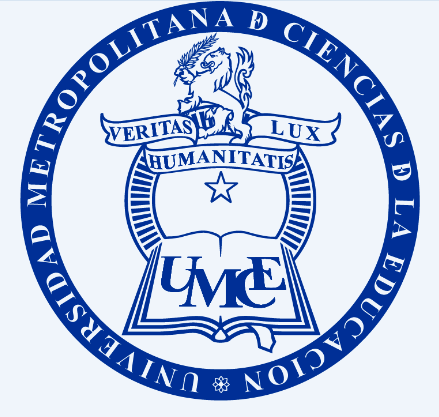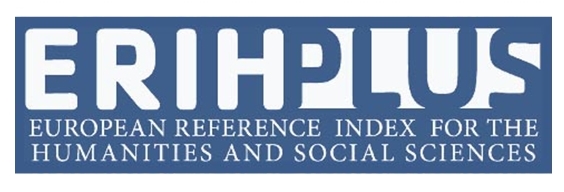Main Article Content
Apr 10, 2017
Abstract
Este trabajo tiene como objetivo fundamental descubrir cuál es la “visión de mundo” sobre la muerte que subyace en los textos que los deudos suelen escribir en las lápidas. En primer lugar, se hará una breve revisión a las
características de la etnolingüística y su relación con la antropología y la religión, especialmente la católica, puesto que será el punto de partida para esbozar la “visión de mundo” que deberían tener los mencionados textos. En segundo lugar, se hará una revisión de la lingüística del texto y de la pragmática con la finalidad de delimitar las características formales y estructurales del tipo textual “epitafio”, por una parte, y de descubrir las características pragmáticas que convierten al epitafio en un acto de habla con rasgos independientes. Finalmente, se procederá a analizar una parte del catastro de epitafios recolectados en los cementerios Católico y General, correspondiente a variados años, destinatarios y lenguas para comprobar en qué medida se ajustan a la definición de “epitafio” y qué “visión de mundo” sobre la muerte expresan por su intermedio.
Downloads
Policies for open access journals
Authors who publish here accept the following terms: Authors will keep their copyright and will guarantee the journal the right to the first publication of their work, which will be subject to the Licence of Creative Commons acknowledgement, which allows for the use of this material only if the authorship is credited and the original source is acknowledged (the journal’s URL), and if it is not used with commercial ends and with any derivations of the original work.
Authors may adopt other non-exclusive license agreements of distribution of the published version (e.g. to save it onto a digital institutional archive or publish it in a monographic volume) only if the initial publication of this journal is indicated.
It is permitted and recommended for authors to divulge their work on the Internet (e.g. institutional digital archives or webpage) before and during the submission process, which may lead to interesting exchanges and increase the citations of the publication. (See Open Access Effect).






